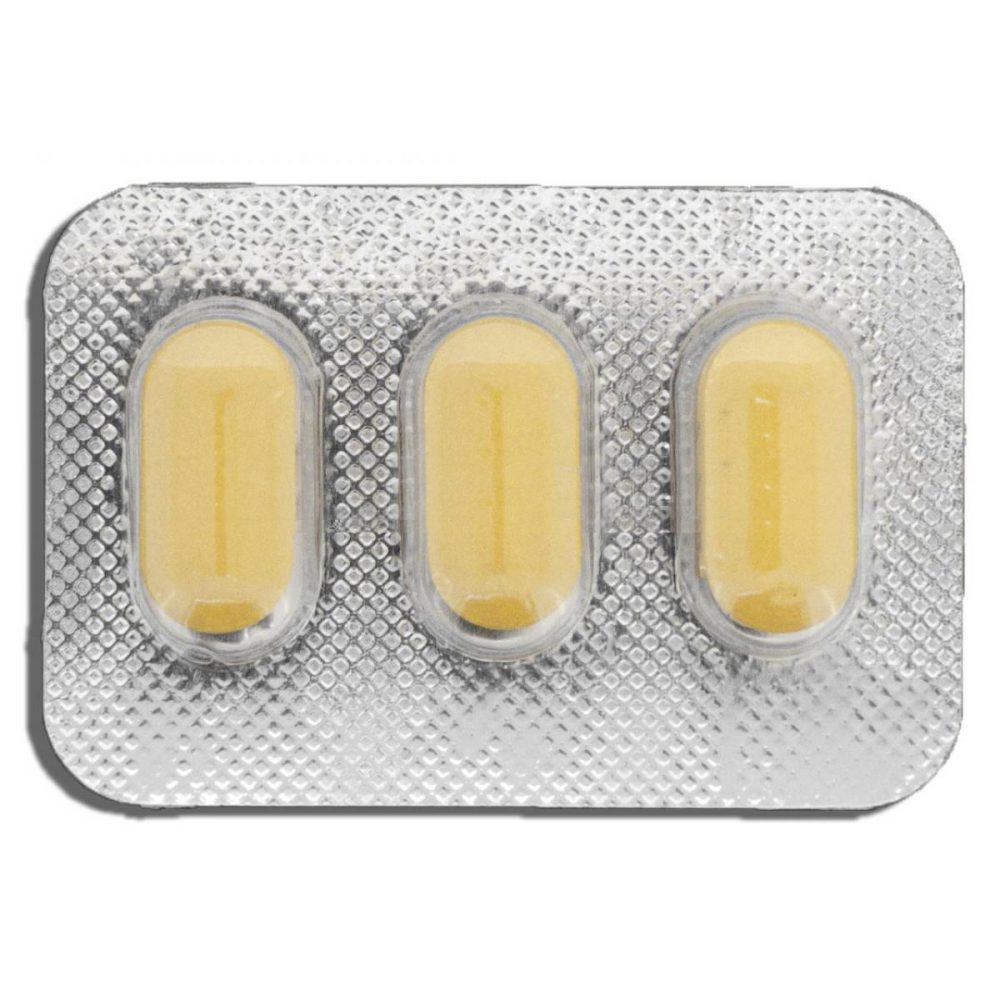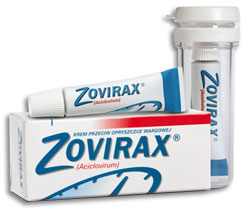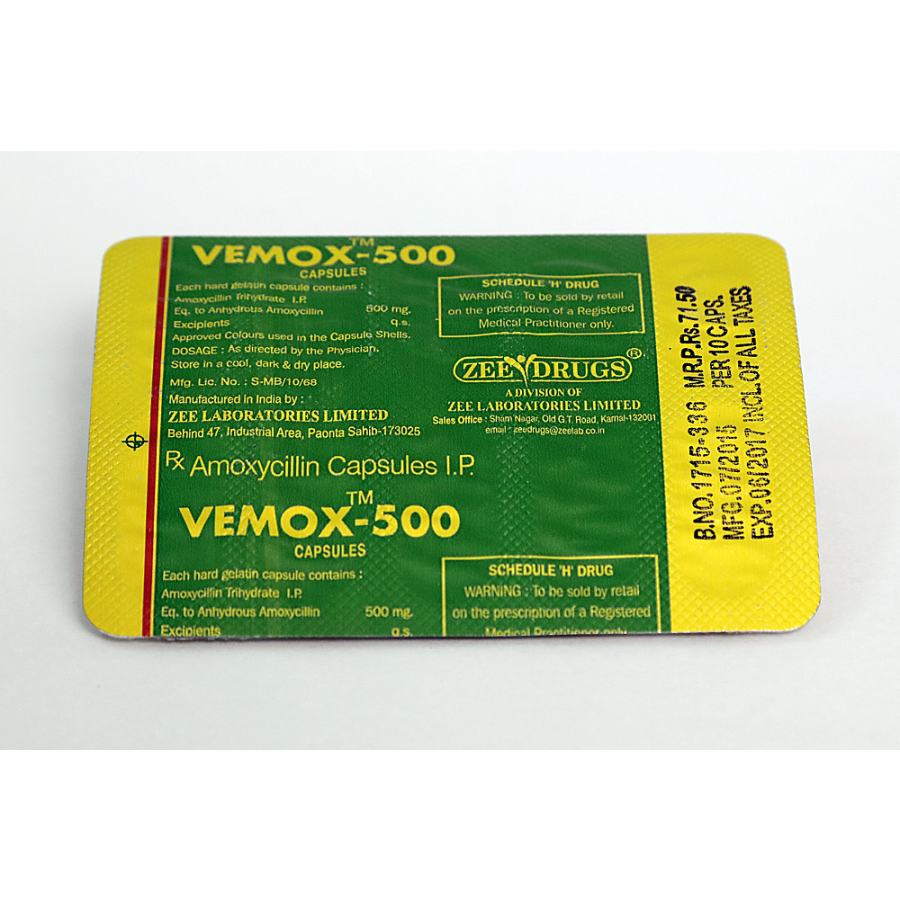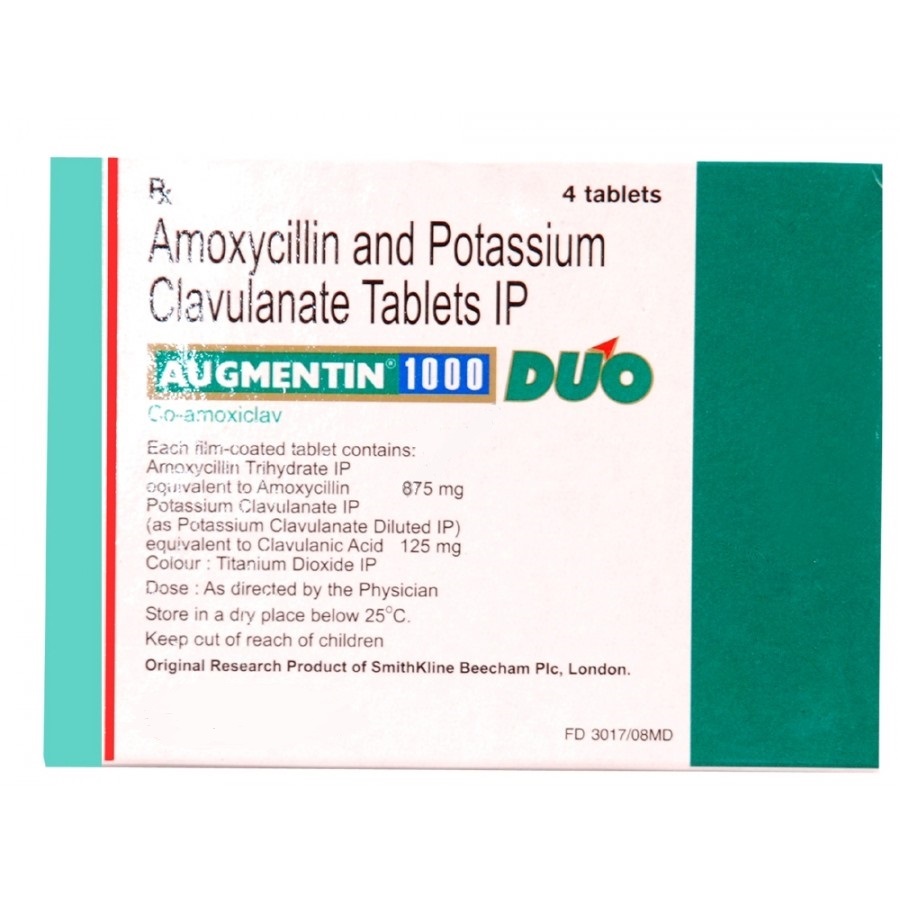Description
Pharmachologic effect
Antibiotic of a wide spectrum of action. Antibiotic-azalide, a representative of a new subgroup of macrolide antibiotics. When creating a high inflammation in the focus of inflammation has a bactericidal effect.
Gram-positive cocci is sensitive to Azithromycin: Streptococcus pneumoniae, St. Pyogenes, St. Agalactiae, streptococcus groups CF and G, Staphylococcus aureus, St. Viridans; Gram-negative bacteria: Haemophilus influenzae, Moraxella catarrhalis, Bordetella pertussis, B. parapertussis, Legionella pneumophila, H. ducrei, Campylobacter jejuni, Neisseria gonorrhoeae and Gardnerella vaginalis; Some anaerobic microorganisms: Bacteroides bivius, Clostridium perfringens, Peptostreptococcus spp; As well as Chlamydia trachomatis, Mycoplasma pneumoniae, Ureaplasma urealyticum, Treponema pallidum, Borrelia burgdoferi. Azithromycin is inactive against gram-positive bacteria resistant to erythromycin.
Indications for use
Infectious diseases caused by drug-susceptible pathogens: infections of the upper respiratory tract and ENT organs – angina, sinusitis (inflammation of the paranasal sinuses), tonsillitis (inflammation of the tonsils / glands), otitis media (inflammation of the middle ear cavity); scarlet fever; Infections of the lower respiratory tract – bacterial and atypical pneumonia (pneumonia), bronchitis (inflammation of the bronchi); Skin and soft tissue infections – erysipelas, impetigo (superficial pustular skin lesion with the formation of purulent crusts), secondarily infected dermatoses (skin diseases); Infections of the urogenital tract – gonorrheal and non-gonorrheal urethritis (inflammation of the urethra) and / or cervicitis (inflammation of the cervix); Lyme disease (borreliosis is an infectious disease caused by the spirochete of Borrelia).
Mode of application
Prior to the appointment of a patient to the drug, it is desirable to determine the sensitivity to it of the microflora that caused the disease in this patient. Azithromycin should be taken one hour before meals or 2 hours after meals. The drug is taken once a day.
Adults with infections of the upper and lower respiratory tract, skin and soft tissue infections appoint 0.5 g on the 1st day, then 0.25 g from the 2nd to the 5th day or 0.5 g daily in For 3 days (the course dose of 1.5 g).
In acute infections of the urogenital (genito-urinary) tract, single-dose 1 g (2 tablets 0.5 g each) is prescribed.
In Lyme disease (borreliosis) for the treatment of the first stage (erythemamigrans) appoint 1 g (2 tablets of 0.5 g) on the 1st day and 0.5 g daily from the 2nd to the 5th day (course dose 3 g).
Children are prescribed a drug taking into account the body weight. Children with a body weight of more than 10 kg at the rate: in the 1 st day – 10 mg / kg of body weight; In the next 4 days – 5 mg / kg. A 3-day course of treatment is possible; In this case, the single dose is 10 mg / kg. (Rate of dose 30 mg / kg body weight).
A break of 2 hours between taking azithromycin and antacid (reducing the acidity of the stomach) drugs with their simultaneous appointment is recommended.
Side effects
Nausea, diarrhea, abdominal pain, less often – vomiting and flatulence (accumulation of gases in the intestine). Transient (transient) increase in activity of hepatic enzymes is possible. It is extremely rare – skin rash.
Contraindications
Hypersensitivity to macrolide antibiotics. Care should be taken when prescribing the drug to patients with severe impairment of liver and kidney function. During pregnancy and lactation, azithromycin is not prescribed, except when the benefits of using the drug exceed the possible risk. The drug should be administered with caution to patients with an indication of allergic reactions in the anamnesis (medical history).




